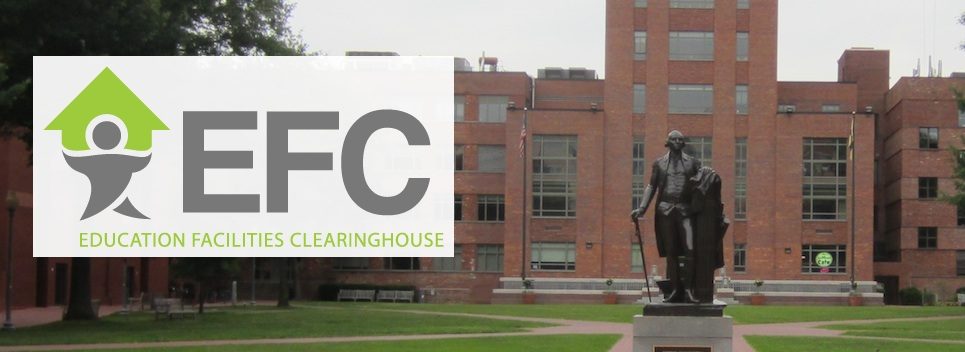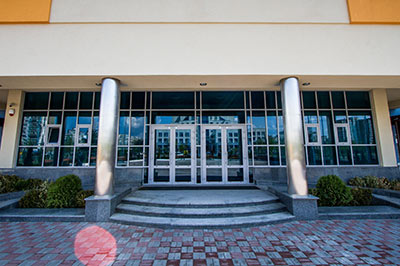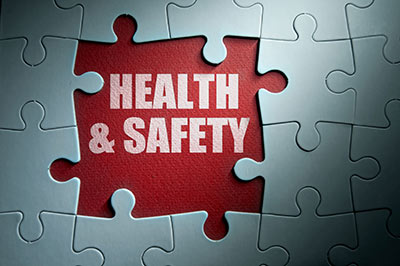This Operations and Maintenance (O&M) Best Practices Guide was developed under the direction of the U.S. Department of Energy’s Federal Energy Management Program (FEMP). The mission of FEMP is to facilitate the Federal Government’s implementation of sound, cost-effective energy management and investment practices to enhance the nation’s energy security and environmental stewardship. Each of these activities is directly related to achieving requirements set forth in:
- The Energy Policy Act of 2005, which established a number of energy and water management goals for Federal facilities and fleets and also amended portions of the National Energy Conservation Policy Act (NECPA).
- Executive Order 13423, Strengthening Federal Environmental, Energy, and Transportation Management (signed in January 2007). This set more challenging goals than EPAct 2005 and superseded existing executive orders 13123 and 13149.
- The Energy Independence and Security Act of 2007, which further established energy, water, and building commissioning management goals and requirements and also amended portions of EPAct 2005 and NECPA. EISA was signed into law in December 2007.
- Executive Order 13514, Federal Leadership in Environmental, Energy and Economic Performance (signed in October of 2009) directs Federal agencies to further address energy, water, and operational efficiency beyond E.O. 13423 with targeted goals and actions.
Release 3.0 of this guide provides updates to Release 2.0 in the areas of O&M technologies, equipment performance, and costs. This new release also addresses water use and the impacts that recommended O&M practices can have on water efficiency.
Ops and Maint Best Practices Guide 3.0_US Dept of Energy 2010










